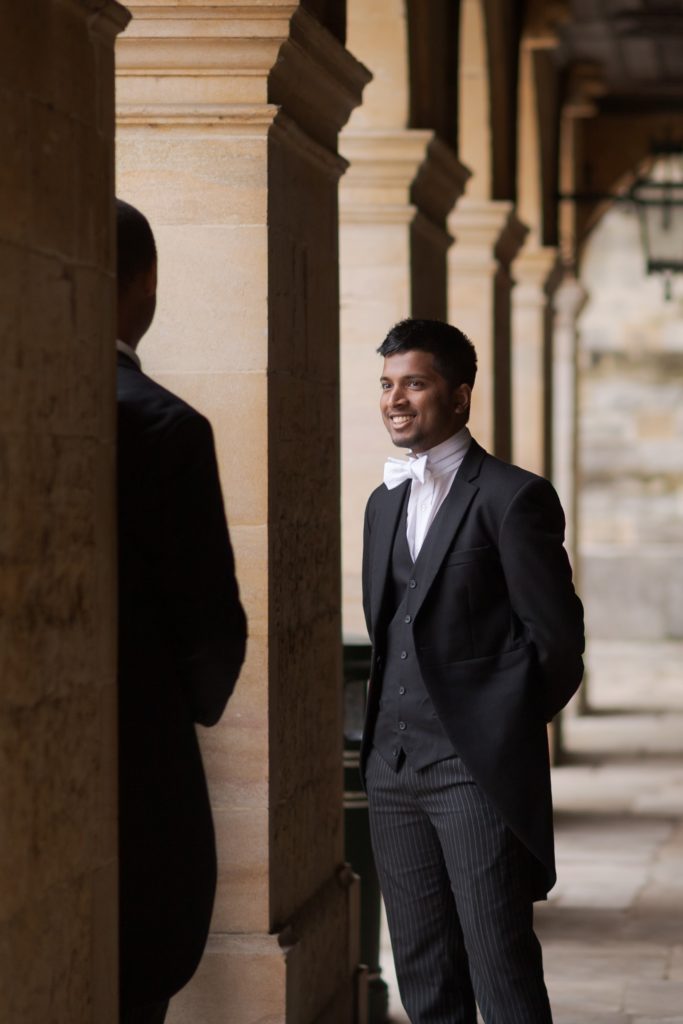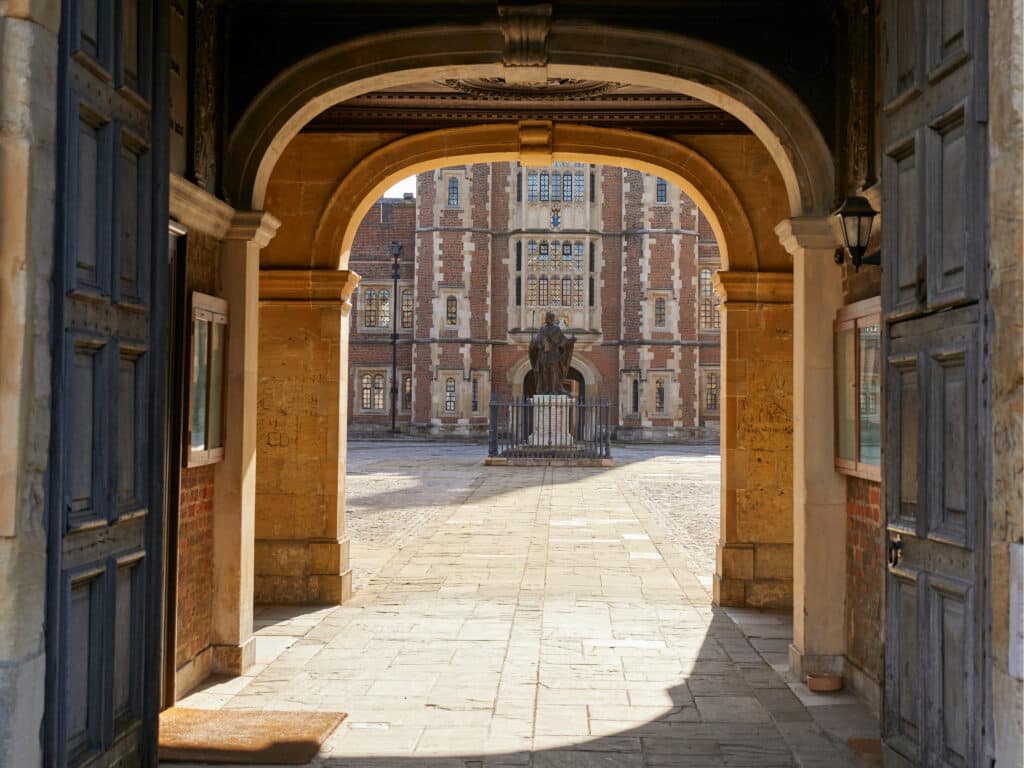The Head of the River Race is one of the most prestigious rowing competitions in the United Kingdom. With around 380 to 420 crews competing annually, it attracts some of the most talented rowing schools. The race is traditionally held in March and spans 4.25 miles (6.8 kilometres) along the river Thames, from Chiswick to Putney. The inaugural race was held in 1947 and has since become one of the most highly anticipated events in rowing, alongside the National Schools’ Regatta and the Henley Royal Regatta. The course is regarded as one of the most arduous and demanding of the in-school rowing events. Rowers must combat a multitude of factors including the wind, tide, and other boats on the river. Eton has a history with the Schools’ Head of the River Race, as the 1st VIII has won 14 times.
The race begins at Chiswick Bridge, where the rowers must overcome several meanders and turns as they progress along the Thames. However, as they approach Hammersmith Bridge, the course becomes more challenging, requiring more skill but also perseverance. The river narrows and the crews must oppose the current and its eddies. Moreover, some of these eddies can even turn the boats, therefore the rowers have to remain vigilant. Furthermore, the river’s bank looms on either side and one foible could cause a collision with the shore. As a result, the rowers must always be observant, to account for the changing conditions of the river. The forecast before the race suggested that there would be a large headwind which usually results in choppy waters, which are dangerous to row in. There was some talk between couches and crew alike that the race may be shortened or even cancelled as a result. Fortunately, the headwind was not as strong as predicted.
Alexander B, who is the 6-seat of the 1st VIII, stated that the rowers had undergone an intense training regime in preparation for the race. On Mondays, the rowers have a hard session on the ergometers (ergs), usually in preparation for a 5km or 2km test of ability. On Tuesdays and Thursdays, the crew have a water session which consists of training in the gym and a 16k row on the water which takes around two hours. Afterwards, the rowers return to the gym and do an extra 8km. On Wednesdays the focus shifts to weight training and on Fridays their attention is focussed on UT2 training, which is all about building base fitness and aerobic capacity so the crew row steadily on the ergs. However, during the week prior to the Head of the River Race, this intensity is tapered off so that on the day of the race the rowers have as much energy as possible. It is quite easy to forget that the crew also have various other commitments, such as their academics, to deal with. However, Alexander P stated that rowing ‘forces you to be organised’ so that one’s time is utilised to its full potential.
On the day of the race, there was a chaotic start for all due to the sheer number of crews on the river. Fortunately, our 1st VIII were the second crew to race, so they did not have to wait for too long. After a brief moment of calm, the rowers set off and were met with support from the other Eton College boats. The rowers utilise various landmarks to highlight various parts of the course. For example, there is a section between St Paul’s Boat Club and Harrod’s Depository coined ‘The Graveyard’, a time when various crews ease off so that they can maintain their energy. However, our 1st VIII decided to push through this section at the same speed as any other part of the race.
The biggest challenge was the aforementioned headwind, although the crew had trained the previous week for these conditions. They practised on the river and were prepared to ‘sit back into the wind’, which is one of the few ways to combat the tricky conditions. However, there was solace to be found in the fact that all the crews were dealing with similar situations. Alexander C, the cox of the 1st VIII, had to study the course prior to the race in addition to completing the physical training. This is imperative because the stream is incredibly strong on the championship course, yet it also varies. So, moving ‘too far to the left or right can mean multiple seconds added to your final race time.’ These seconds can be invaluable to a crew, hence why a skilled cox is so pivotal.
The 1st VIII did well to come fifth out of the 16 participants in their category. Schools’ Head of the River Race marks the end of the head racing season and the shift to the Regatta Season. A great deal of effort is put into Eton’s rowing and thus all of the crews and coaches that take part must be congratulated for their achievement.



